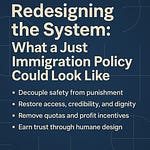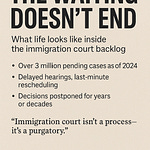The Declaration of Independence as a Moral UX Framework
🧠 What This Post Is About
This post reimagines the Declaration of Independence not just as a founding document, but as a moral and emotional audit of a failing system. Drawing from the THX frameworks—12 Utilities, PERMAH, RKYC, and the Admiration Equation—it explores how 1776’s grievances map to the same elements of trust, safety, and value we use to evaluate any system today.
⚙️ Frameworks Featured
12 Utilities: The building blocks of dignity and functional experience—Access, Clarity, Security, Closure, etc.
PERMAH: A framework for human flourishing—Positive Emotion, Engagement, Relationships, Meaning, Achievement, and Health.
RKYC: “Really Know Your Customer/Citizen”—a call to move from assumption to recognition and respect.
Admiration Equation: The emotional ROI of doing good well—why we stay loyal to those who exceed expectations.
💥 Key Ideas
The Declaration of Independence was not abstract—it was specific, structured, and experience-based.
Most of its grievances are Utility failures: lack of access, clarity, security, consistency, and closure.
“Life, Liberty, and the pursuit of Happiness” is an early articulation of the human right to PERMAH.
Systems that fail to meet these human expectations inevitably lose legitimacy—whether in 1776 or now.
🪞 Reflection Prompts
If you had to file a Declaration today, what Utilities would you cite as broken?
Are there systems in your life that fail to deliver access, security, or closure?
What does “pursuit of happiness” mean to you—not as a feeling, but as a framework for flourishing?
📣 How to Use This Post
Use it in civic education to reframe the Declaration as a living document of dignity.
Share it with friends or colleagues struggling to connect emotional impact with structural critique.
Let it guide your own reflection or conversation about what kind of system you’re willing to belong to.













Share this post